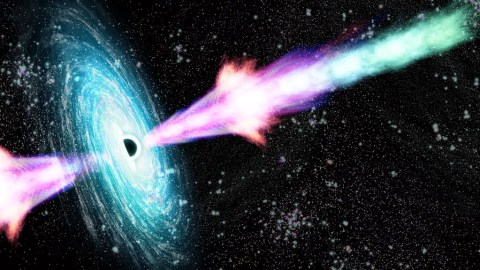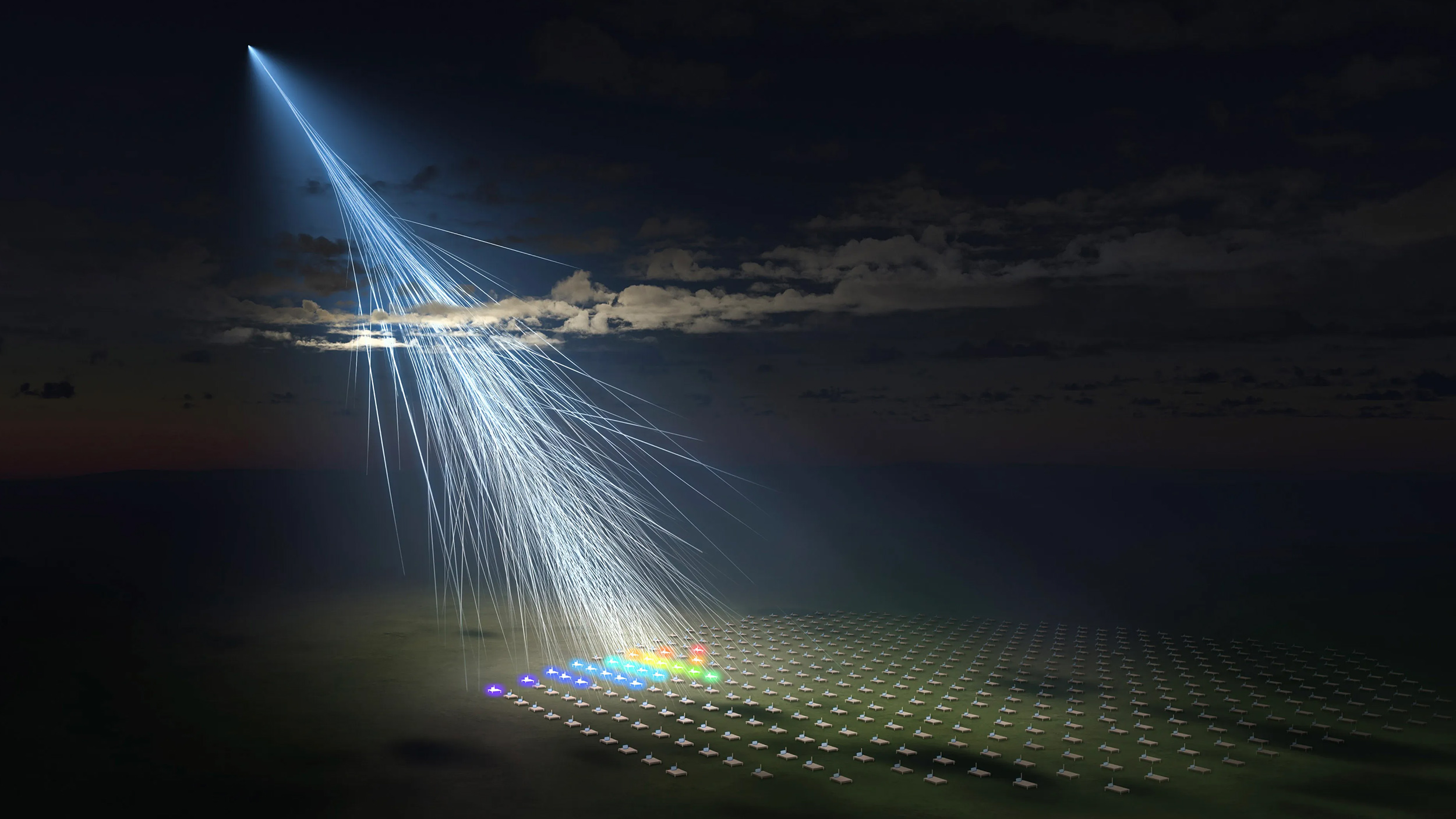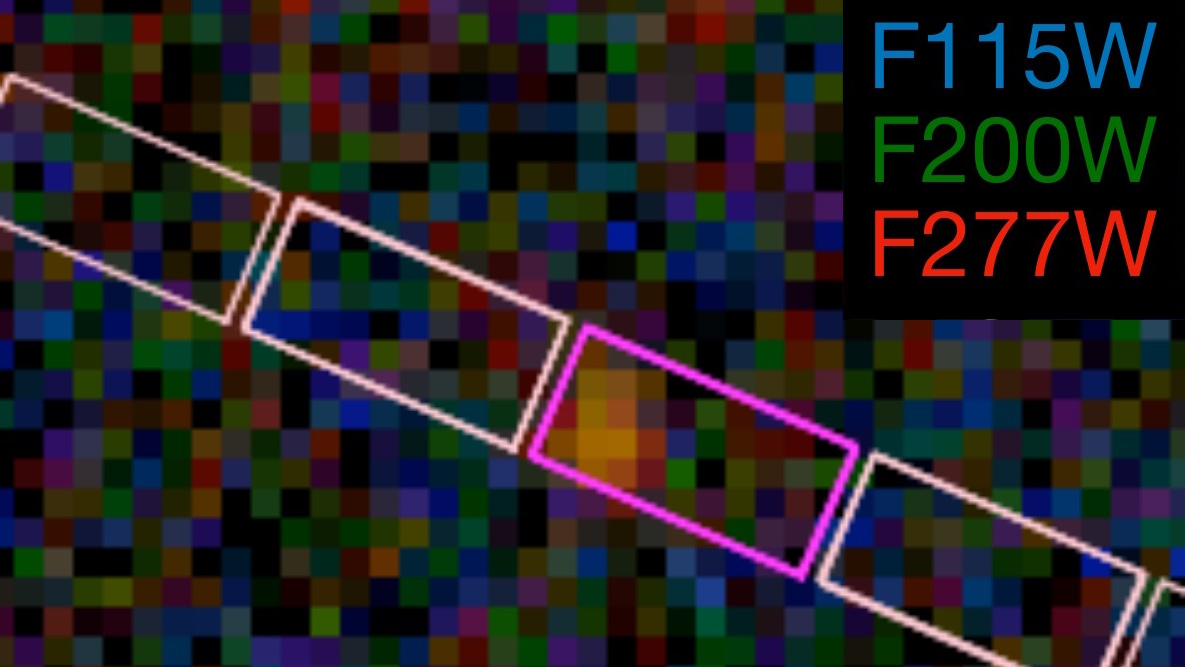The power source of the biggest explosions in the universe found

Credit: Nuria Jordana-Mitjans
- A team of astrophysicists has found evidence that a collapsing magnetic field causes gamma-ray bursts.
- Gamma-ray bursts are the most powerful and brightest explosions in the universe.
- The team used space telescope data of a supernova 4.5 billion light-years away.
A new study proposes an answer to the mystery of what powers gamma-ray bursts – the brightest and most powerful explosions in the universe that take place when a star goes supernova. Research from an international team of astrophysicists indicates that the specific reason for this phenomenon, when two gigantic jets of light-emitting plasma shoot out materials at ultra-high speeds, might lie in the collapse of a star’s magnetic field.
The gamma-ray bursts (GRBs), occurring when a star implodes to form a neutron star or a black hole, are so violent that they release as much energy in just a few seconds as the Sun does in its whole lifetime of 10 billion years. The bursts can last from ten milliseconds to several hours while their longer “afterglow” can be observed from Earth.
As the press release from the University of Bath highlights, the baryonic jet model explains GRBs as flashes produced by repeated violent collisions between the materials involved in the explosions around a dying star.
The second hypothesis on the origin of the bursts is the magnetic model, which got a boost from the new research. The idea behind this is that when a star explodes, its large magnetic field collapses, unleashing the tremendous energy that powers a GRB.
The team of researchers involved in the study found evidence to support the magnetic model by examining data from the collapse of a large star in a galaxy that’s 4.5 billion light-years away. They knew about the star’s collapse from a gamma-ray burst (named GRB 190114C), which was detected by NASA’s Neil Gehrels Swift Observatory, operating from space in Earth’s low orbit.
Cosmic death beams: Understanding gamma ray bursts
The researchers spotted a clue to the role of the magnetic field in the very low level of polarization observed in the gamma ray burst right after the star’s collapse. This pointed to the explosion destroying the magnetic field.
The paper’s lead author, Nuria Jordana-Mitjans of Bath University in the U.K., explained that, “From previous studies, we expected to detect polarisation as high as 30% during the first hundred seconds after the explosion. So we were surprised to measure just 7.7% less than a minute after the burst, followed by a sudden drop to 2% soon after.”
This indicated to the scientists that the magnetic fields “collapsed catastrophically straight after the explosion, releasing their energy and powering the bright light detected across the electromagnetic spectrum.”
The new study was conducted by the University of Bath in cooperation with scientists from the Liverpool John Moore University UK, the University of Ferrara Italy, the University of Nova Gorica Slovenia, the South African Astronomical Observatory, the Instituto de Astrofisica de Canarias, Spain, Lomonosov Moscow State University and Irkutsk State University Russia.
Check out their study published in The Astrophysical Journal.
Interestingly, a study released earlier in 2020 from the University of Warwick pointed to binary star systems offering special conditions that are favorable to creating gamma-ray bursts. This field continues to offer fascinating developments.





